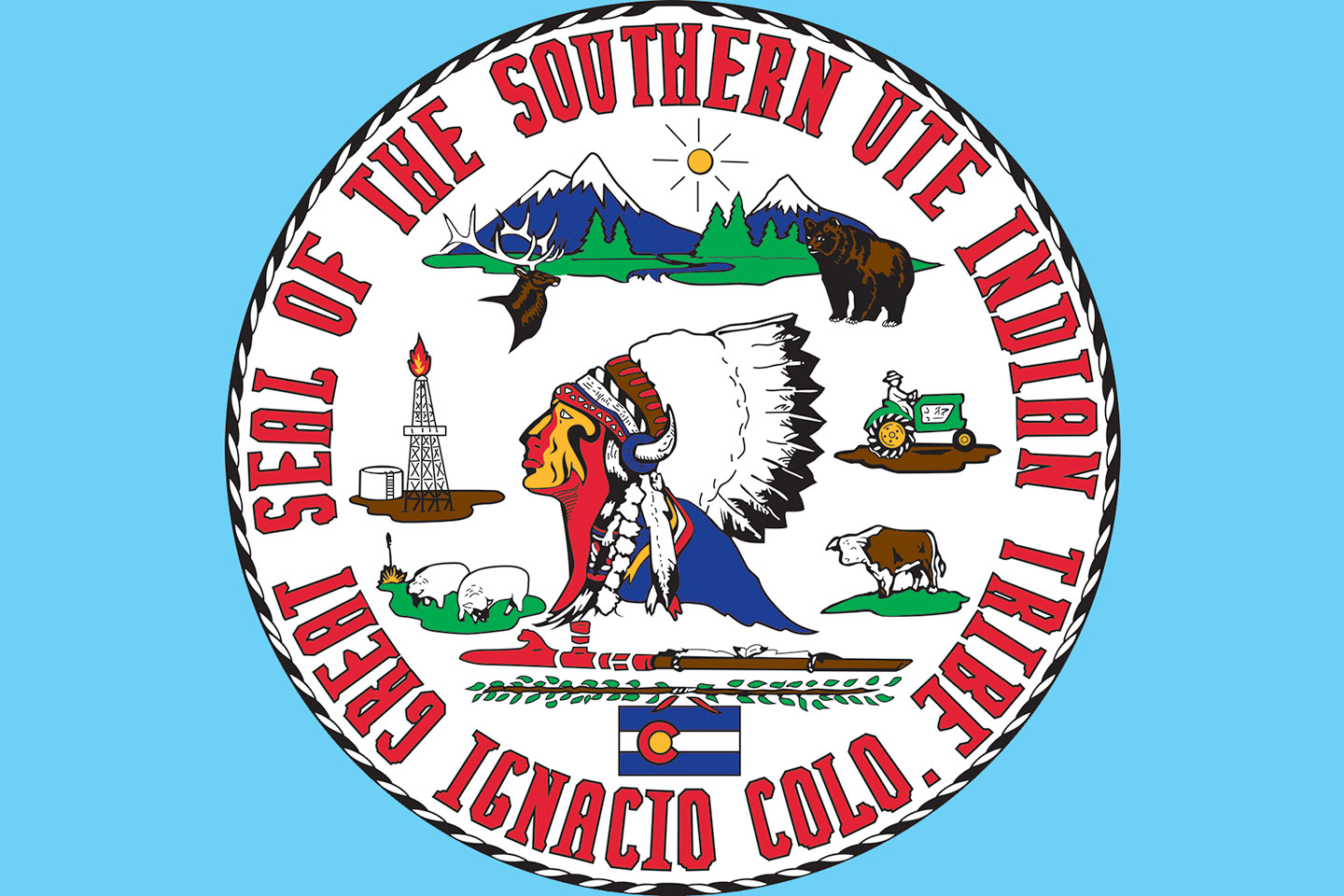The Environmental Programs Agency (EPA) Region 8 and the Southern Ute Indian Tribe hosted a meeting to update the tribal membership on the impacts from the Gold King Mine (GKM) Spill and the EPA’s newly designated Bonita Peak Mining District (BPMD) Superfund Site.
The update meeting held on Wednesday, Nov. 16 at the Sunnyside Elementary School in Durango, Colo. and focused on the impacts on Animas River over a year after the spill and how the Bonita Peak Mining District Superfund Site effects the reservation and the Brunot Treaty Area.
The meeting started with a brief history of the spill and how things have evolved over the last year since the spill.
“The ultimate thing is ‘what’s the impact?,’” Curtis Hartenstine, Water Quality Program manager said. “The best thing we can say is we never saw one dead fish, we never saw any bugs die … we never saw deer that were impacted … but we will keep monitoring.”
Hartenstine continued, “the fisheries and wildlife are alive and vibrant and we hear that from lots of different people.”
Tribal member Cassandra Naranjo asked about how much longer the tribe would be collecting samples and monitoring the river to track the impacts of the GKM spill.
According Hartenstine, the Water Quality Program has been actively monitoring rivers on the Reservation for over 20 years. The data from the last 20 years came in handy after the spill and really showed what is “normal” here on the reservation, Hartenstine said. Monitoring frequency has declined since the spill. Monitoring usually slows during the winter months and picks back up in time for spring runoff.
Hartenstine said it costs almost $2000 to sample each site and the Water Quality Program usually tests three sites every time they go out. Further more, the program has to take into account other needs of the tribe and what else may need to be monitored.
“We will still stay on it, we’ll reduce the frequency, but we will still stay engaged in all the same activities,” he said. “If data give us some cause for concern then we will [increase] the frequency back up.”
Executive Officer Andrew Frost asked about the agriculture and the impact on those south of the reservation including the Navajo Nation.
Hartenstine said it all comes down to perspective.
“Southern Utes don’t do a whole lot of irrigation and farming on the Animas River. A lot of that activity is concentrated on the Pine [River],” he said. “But Navajo [Nation] has a very strong use of that water for irrigation and agriculture … So their perspective and the level of importance they’re going to put on water quality for agriculture I think is going to be a lot higher than Southern Ute … for [Southern Ute] the level of concern for agricultural use is not very high because the uses aren’t very high.”
Another concern was voiced about the fisheries.
Wildlife Division Head Steve Whiteman, explained that right after hearing of the spill his division and the Colorado Parks and Wildlife went out and put fish in sentinel cages along the river before the plume hit. The fish were monitored throughout the event and none of the fish died, Whiteman said.
“That was really encouraging, “he said. “Initially with the acute plume coming through we didn’t see any impact to the fisheries.”
As for long-term effects, Whiteman said it becomes very difficult to distinguish what is the impact of Gold King Mine and what is the chronic impact of all the decades of the mines leaking into the Animas.
EPA Remedial Project Manager Rebecca Thomas talked about the impact the Bonita Peak Mining District Superfund Site has on the Animas River. A total of 48 mines make up the site and all together the mines contribute 5.4 million gallons of acidic water a day into the Animas River, she said.
“This is water impacting all these tributaries and Animas River 24/7- year round and has been doing so for around 100 years,” Thomas said. “The river has the power to regenerate itself, but that is a lot of highly contaminated water.”
Thomas said, the EPA is really interested in looking at all of the 48 sources and identifying those which contribute the most contamination and trying to do some cleanup, while looking for the opportunity of quicker fixes. The EPA will work over the winter and prioritize projects with the help of stakeholders, including the tribe. Thomas said resources and time will be an issue, but the EPA is aiming to start one to two big projects a year.
Now that the BPMD is a Superfund Site the tribe and the membership will need to think about how the tribe wants to be involved in the process the EPA is working on, Environmental Programs Division Head Tom Johnson said.
According to Johnson, the EPA is going to start off accessing human health in Silverton and once they see what the impacts are they can move down river, they will also be doing ecological assessments.
“As EPA starts to do these evaluations it is in the Brunot area … there are cultural sites in that area that the Culture Department will be looking at supporting the EPA, BLM and Forest Service,” Johnson said.
Culturally, NAGPRA Coordinator Alden Naranjo would like to see all three Ute tribes involved in the consultation with EPA, since they all have interests in the same region.
Over the next 2 to 3 weeks plans are to host a meeting with the Executive Office and Tribal Council in order to provide different recommendations on tribal involvement for consideration. Of priority importance is the protection of cultural resources in the Brunot area and human/aquatic health on the reservation. The tribe will be allowed to comment and participate in the EPA process to the extent it desires.

